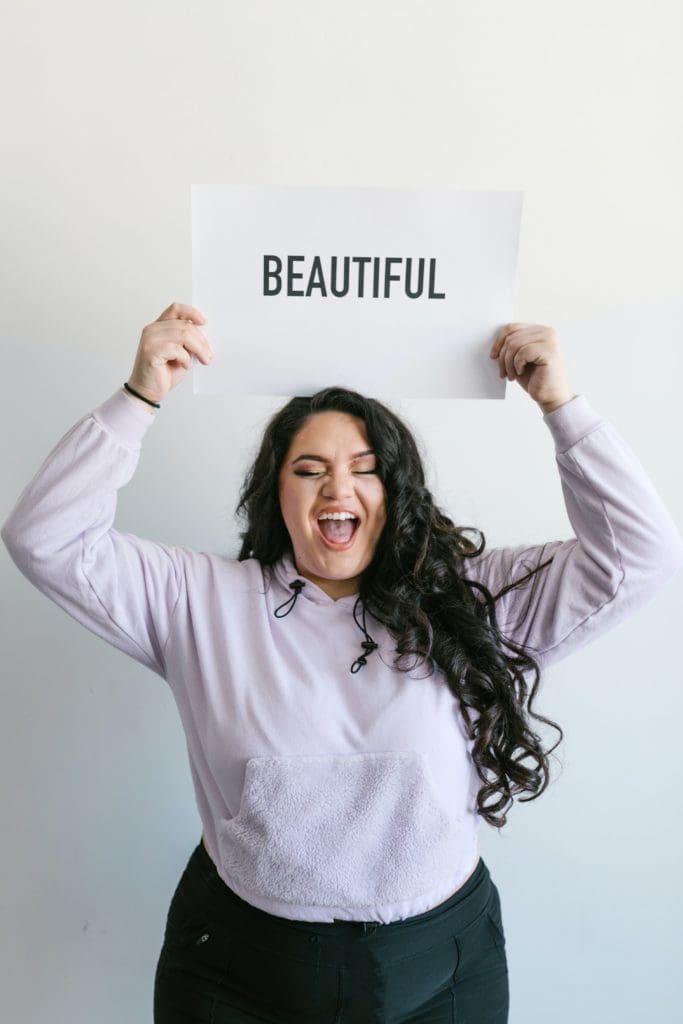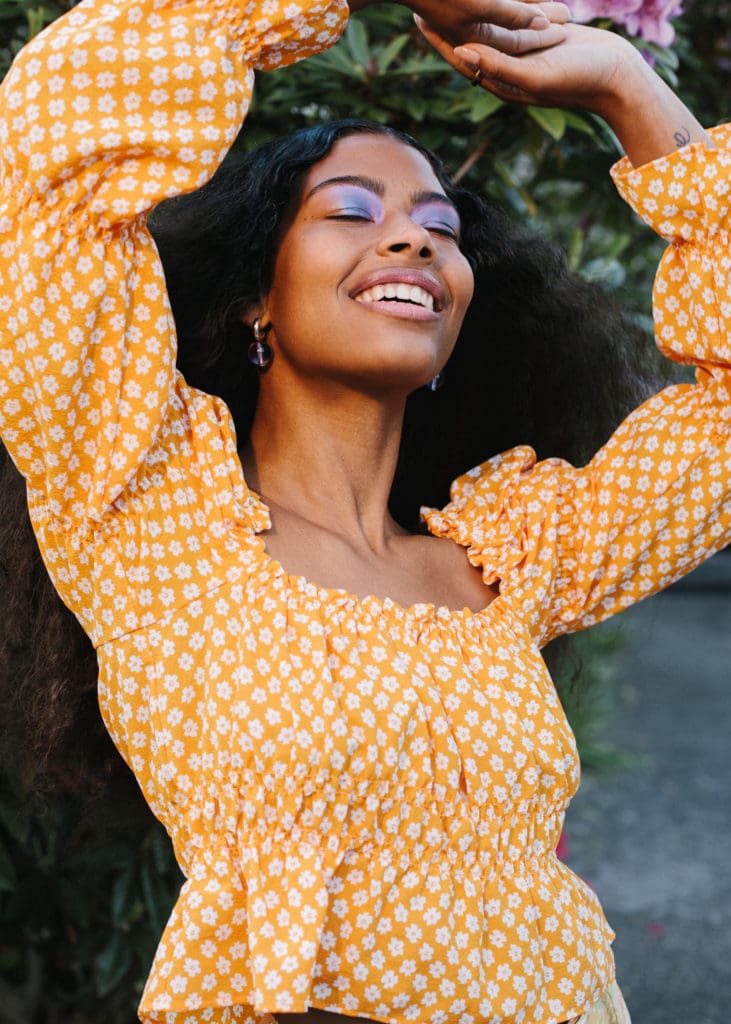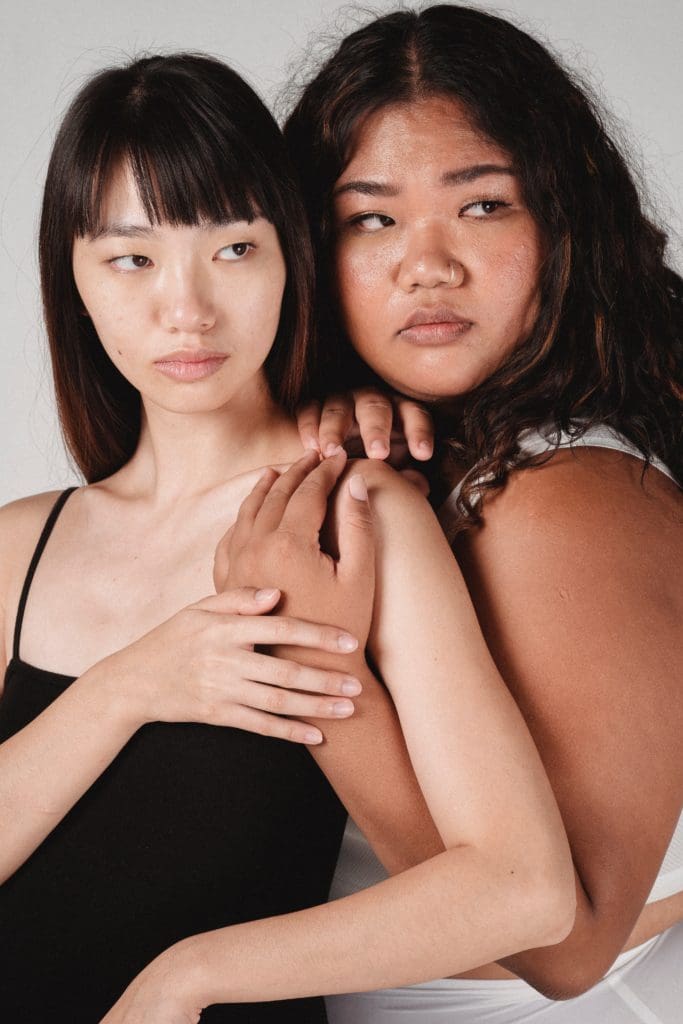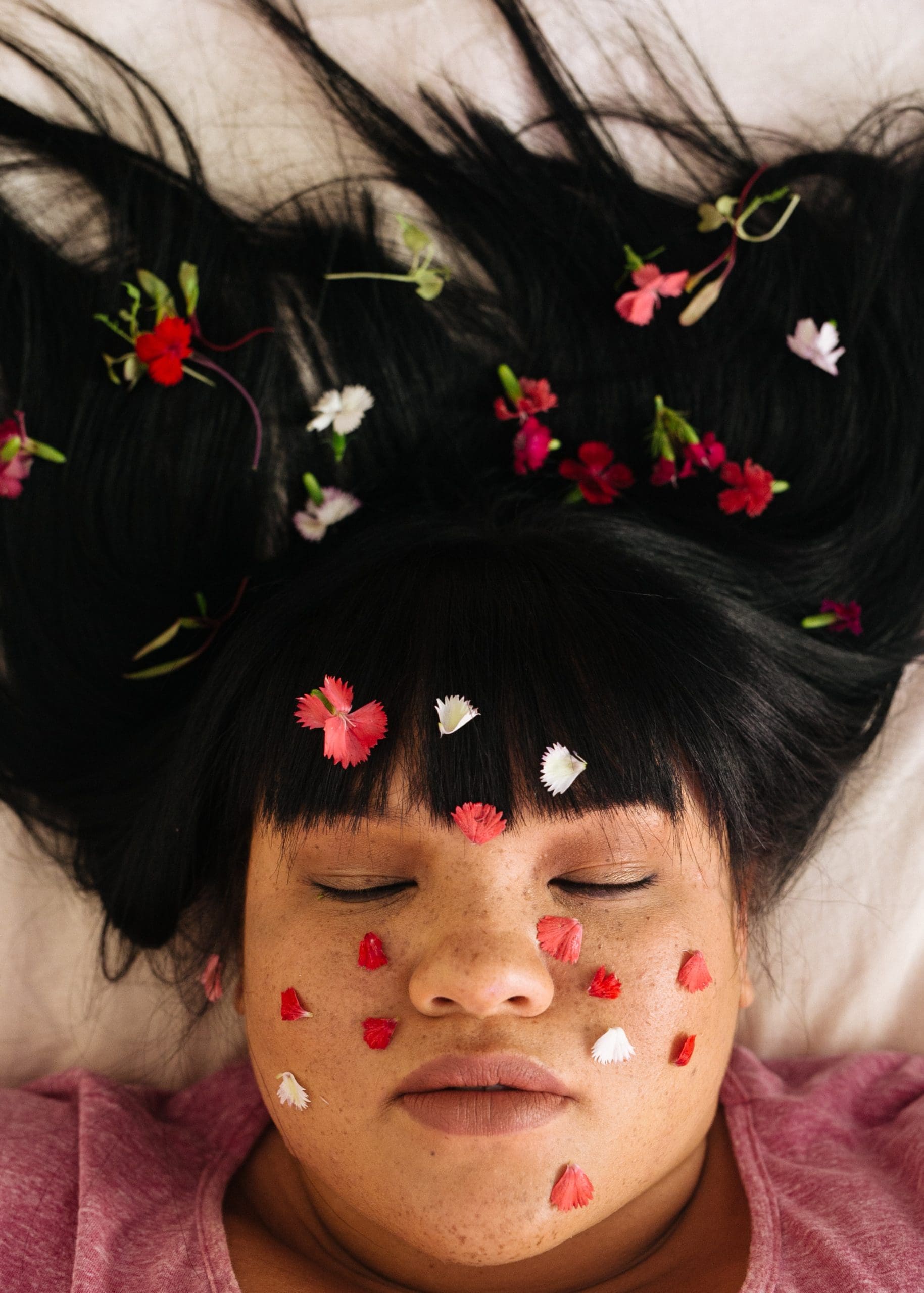When Sofia Cretaro first tried to be a model, she got rejected. A lot. “I submitted my photos to a bunch of agencies in Toronto, and got declined by all of them because of my size,” Cretaro says. “I’m considered an in-between size.” The industry, she says, defines that as “anywhere between a size 4 and a 10.” Eventually, the Torontonian got her lucky break with Dulcedo Management. “They decided to take a chance on me, and I was one of their first in-between-size models to get signed,” she says. That was two years ago, and she’s been working steadily ever since.

Cretaro’s repeated rejections are far from unusual. For a long time, aspiring models had to fit a specific mould. Leah Rowena, modelling agent for Vancouver agency Stranger and a former model herself, sums up the stereotype: “Blonde hair, blue eyes, quite thin.” But, from the start, Stranger has been different, emphasizing diversity. The agency’s roster of talent includes she/her, he/him and they/ them models, all sizes and ethnicities. And when the Black Lives Matter (BLM) movement dominated headlines last year, suddenly that diverse roster was in demand. “We had a really strong surge of all of our Black and BIPOC talent being booked,” Rowena says.
Kaya Coleman experienced that increase in demand. She’s a Black model from Calgary who now lives in Vancouver and is signed with Vancouver agency Alaeria. When BLM took off, her bookings doubled. Though she appreciated the work, she also worried: “Is this tokenism? Is this fetishization? Is this colourism?”
Joleen Mitton, too, worries about the way BIPOC models are used. A former model who’s half Indigenous, Mitton
is the founder of Vancouver Indigenous Fashion Week (VIFW). She also co-founded Supernaturals Modelling in West Vancouver, to represent Indigenous models and focus on high-end cultural representation, with the goal of “changing people’s ideals of what an Indigenous person is and looks like.” She says that VIFW is “changing the colonial perspective of what beauty is. You don’t have to be a pale person.”
Snejina Stoilova is a former model and the owner of Alaeria. Her agency works with brands such as Lululemon and Arc’teryx. “I feel like they genuinely love to work with diverse talent,” she says. But she fears some other brands might not be committed to real and lasting change. “It makes you think, are you doing this because you genuinely want to? Or are you doing this to fill this need in the industry right now?”

Some Canadian brands have diversity baked right into their ethos. Ashley Freeborn, co-founder of Smash + Tess, says the company was created “to fill a gap in the fashion industry: to make inclusive clothing that all women feel comfortable and confident wearing.” She adds, “Contrary to industry status quo, we sample all our products on a size large and grade up or down from there. We also test product on fit models of all shapes and sizes.”
Jess Sternberg, founder of Free Label, agrees: “If the goal of modelling is to help customers understand how a product looks, fits, feels, there must be diversity. People of all skin tones want to know how a colour will look on them. People of all body types want to know how a garment will fit on them. It makes no sense to show one type of model.”
Chloë Angus, founder of Chloë Angus Design, feels likewise: “Too often, fashion and style equate to being young, thin, tall and white. Since the beginning, I wanted to build a brand that leads with diversity and inclusion, showing models of all ages, shapes, sizes, identities, ethnicities and mobilities.” She adds, “It takes little talent to design for young, tall, beautiful people who all look the same. True talent lies in designing for all shapes and sizes, for everybody who wants to feel stylish and included in fashion.”
Everyone agrees that this is a time of huge change in the modelling world. Barriers regarding ethnicity, size, age, gender, disabilities and more are all being dismantled. Some folks attribute the rapid change to the pandemic. Kris Lyon, senior booking agent with Toronto/Montreal agency Dulcedo, says last year’s lockdowns led to a surge in online shopping and, without the chance to try anything on, customers have been more reliant than ever on models to demonstrate how everything fits. And, increasingly, those customers want to see how the clothing, shoes and jewelry will look on someone just like them. But the industry’s groundswell of change has actually been underway for years. Lyon cites the examples of popular plus-size models Ashley Graham, who is white, Precious Lee, who is Black, and Paloma Elsesser, whose heritage is a mix of white, Latina and Black.

Former model Eduard Soponar, founder of Calgary agency Monica Model Management, thinks customers have been bored for a while: “I feel like people are getting tired of seeing the exact same dimensions on the models.” He mentions that social media and influencers have opened ideas around who can be a model, saying, “It doesn’t really matter—your skin colour, shape, type, anything like that—you can make it in the industry.”
Charlotte Elizabeth is a plus-size model and content creator in North Vancouver. Over the last decade, she’s witnessed nonstop changes in the industry, including how posting modelling photos on social media morphed from no-no to must-do. She’s also seen restrictions around size pretty much disappear: “Everything goes now. I feel like there’s no rules.”
This makes it an exciting time in the fashion world. Rebecca Benoit, commercial casting agent for Stranger, observes, “It’s nice to be on the front lines and see companies waking up and figuring it out.” But that doesn’t mean all the hard work is done. Coleman says, “I’m seeing a lot more models of different ethnic backgrounds, different body types, different genders. Is it enough? Not yet.” She also talks about the need for more diversity behind the scenes, including “producers, directors, photographers, stylists, designers—that’s where the diversity and inclusion needs to happen.”
And it can still be difficult to find certain types of models, such as older ones or ones with visible disabilities. According to Rowena, “It’s about filling in all the gaps, every single ethnicity, gender, diversity, culture, background.” The doors to the modelling world were closed tightly for far too long, she says. “I think it really just involves opening the doors a little bit and seeing who comes in.” —Sheri Radford

Be the first to comment